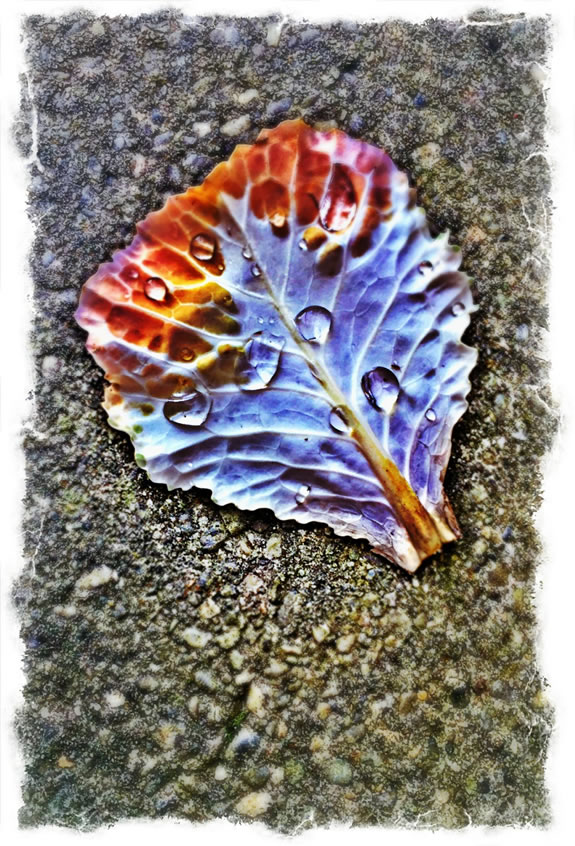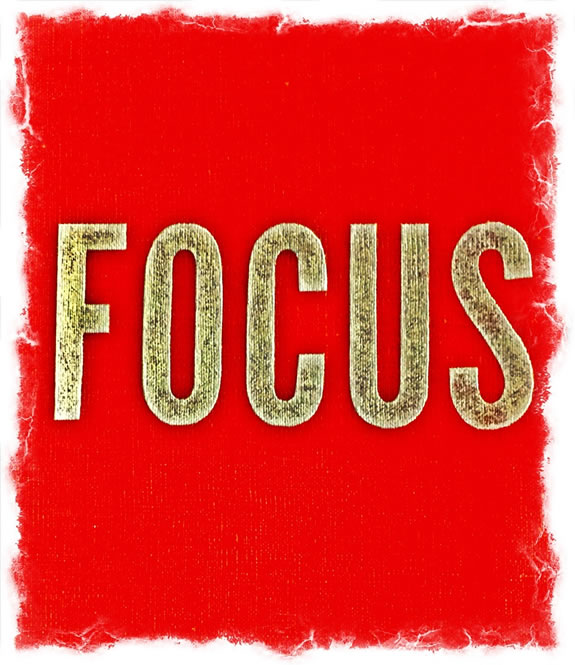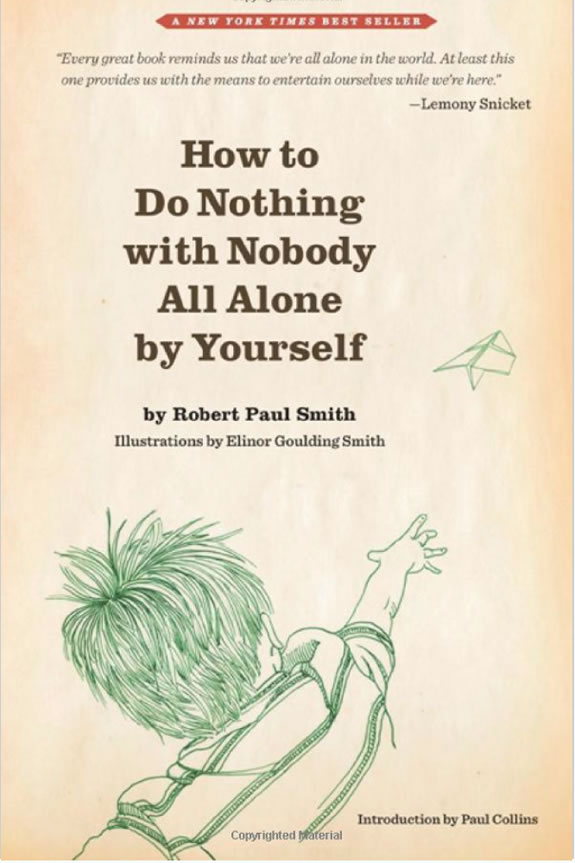
The Art of Spacing In.
In the frenzy of our present experience, we all struggle with the ever-unrelenting issue of connectivity.
We need to be connected to everything, all the time.
There is a phrase in the context of social and hybrid community management known as
always on.
We ask for WiFi codes when we check into hotels, we get into a restaurant and bring in our iphones so we can track emails. We walk down the street and study messaging and imagery on our phones and tablets.
As we approach a site of rare and exquisite beauty, we bring out our “technology” to document it, shoot it, send a picture to friends and post our content on Facebook, Swarm and Instagram.
It’s not something to imply guilt, it’s merely the way that many of us experience the world.
Me, too.
We’re not looking, we’re shooting, documenting the moment.
I do that, as well.
It’s widely known — to each of us — that we operate in a perpetual state of distraction. Presuming that attention is always on is probably not the right way to be looking at our momentary encounters.
When I was in college, I had a friend that called me “HawkEye.” It was a two-part nomenclature — the furtive looks of my gaze, and my love of raptors and corvids.
He said that I was “always eye-jumping and looking around” — like a avis looks at things. To that, I try to — in the words of one of my marketing people from the 1990s — “never sit in a room, in a meeting, that allows me to see out.”
I will look.
It’s what I do:
I look.
I see
every
little
thing.
So if you step away from your phones,
your tablets and technology —
leave it alone —
you can pay attention.
More.
But looking is about what you see.
And how you focus —
and to what degree,
what are you looking at?

In a recollection to another and simpler time,
I go back to
when I was eight years old.
As you might know, the journey to discovering will always be a string of flowers — moments when your heart blossoms to a new learning —
a new perceptive discovery that took you,
in your journey,
to another tier
of imagination.
Sometimes that’s a book.
And that was — at 8 years old —
this book, published 1954.
I thought, “that’s me on the cover —
this is me, it’s my book.”
It was a beginning of another journey.

Get alone,
focus on doing nothing.
Or nothing much.
How to
Do Nothing
with Nobody
All Alone
by Yourself.
My mother never seemed to have a
worry about where I was,
but I did
like to be alone.
I never did well in school, so finding entertainments in the woods between school and home was an adventure unto itself.
I’d find an ant hill, a hornet’s nest, climb a tree, eat orchard apples, make structures…
I’d look at things, under stones, inside logs.
I’d dig holes. Create caves.
Go
in
side.
That’s what this book is about — the simple pleasures of boyish kinds of things. Games with knives, whittling pencils, natural manipulations — fruit and chestnuts as objects.
What it taught me about was knot-tying, bull-roarers, slingshots and craft — making things. Some of which, of course, might be regarded as forbidden by parental types.
Worth exploring.
I go back to it.
And, too, it all comes back
in studying that string of influential memories.
Your journey goes forward,
but there are reminiscent markers,
that take you back to the beginnings,
from which your heart first opened,
signposts and messages
from the past that
reopen and continue
to point forward,
glancing over the shoulder.
You watch now, and you will watch later.
Remembering might come in those moments,
when you have nothing to do.
You’re spacing
in.
Not
spacing
out.
You’re closer to your Self.
Not further,
a way.
Timothy Shaw Girvin | GIRVIN DECATUR ISLAND STUDIOS
…..
GIRVIN | MEDITATIONS ON
APPLE INNOVATION: THE LEGACY OF STEVE JOBS
& APPLE BRANDING [+GIRVIN]
DESIGNING IMAGINATION : AND THE TOOLS TO MAKE IT HAPPEN
http://bit.ly/gFldge